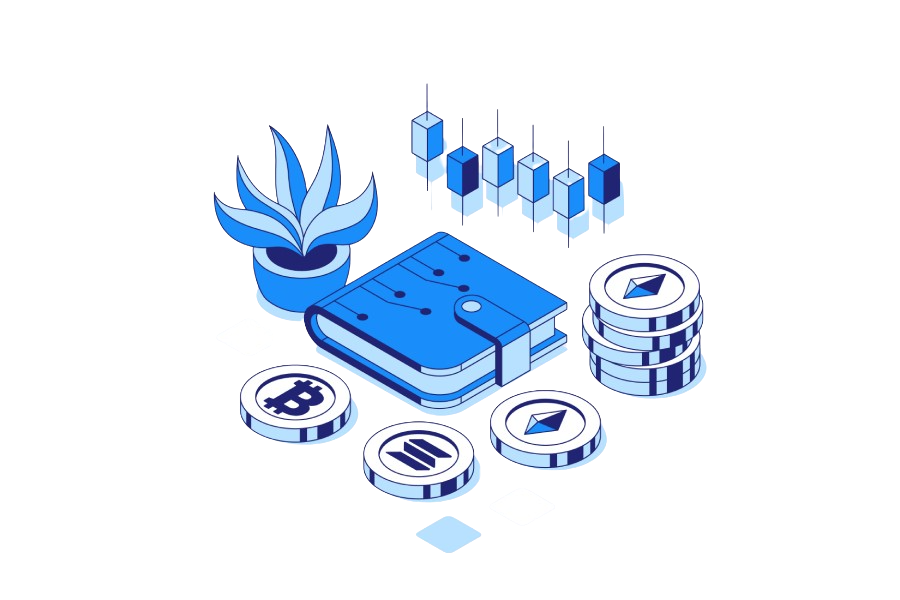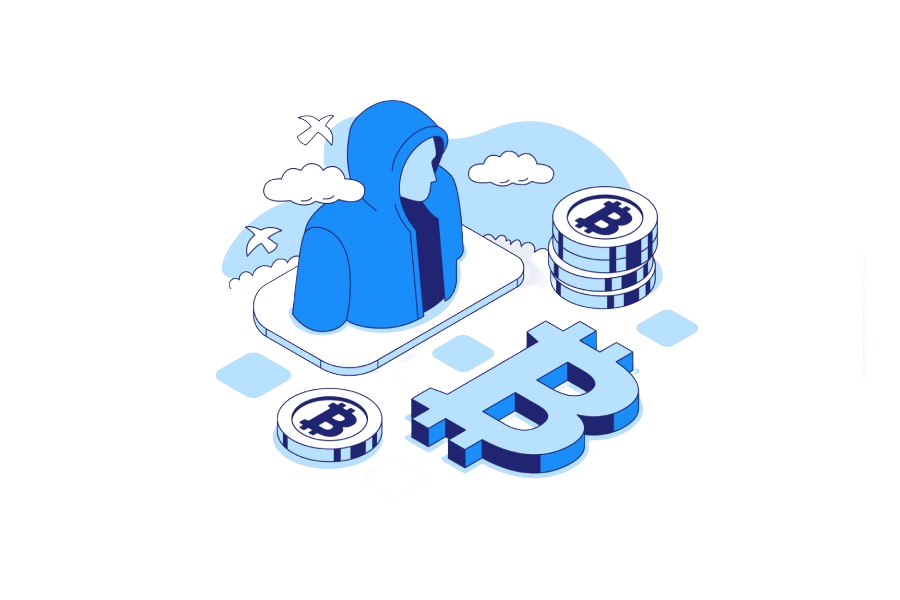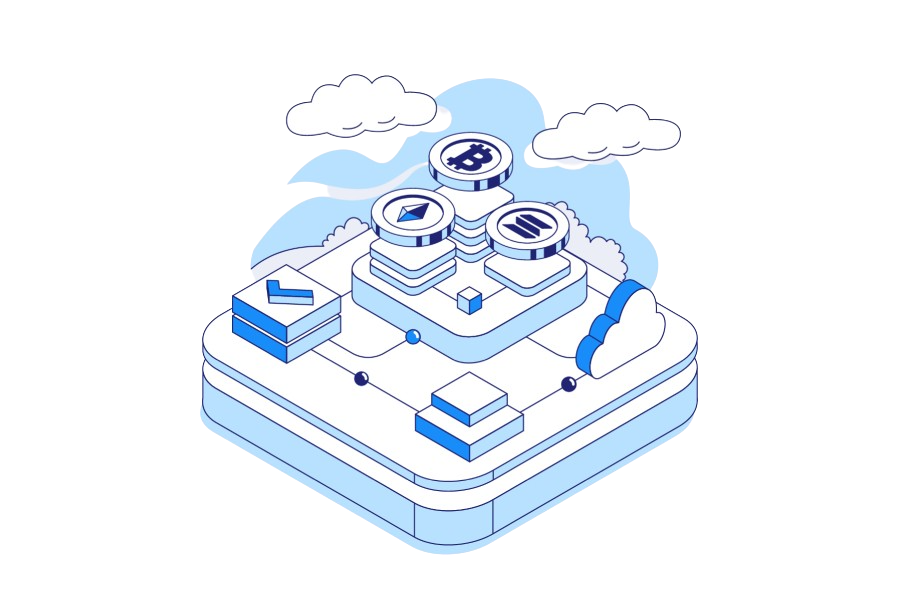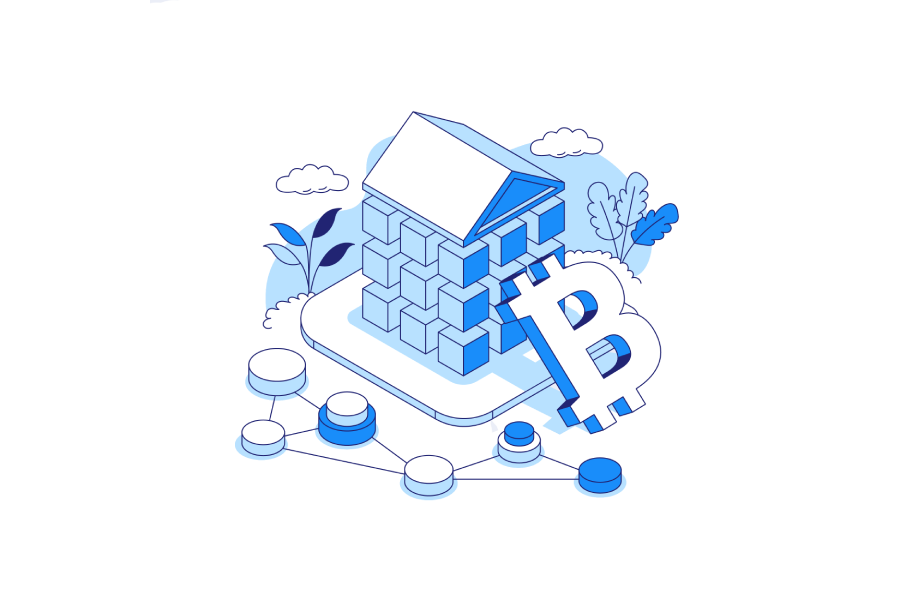What is Inflation?
Table of Contents
Key Takeaways
- Inflation is the loss of purchasing power over time and an increase in price for goods and services.
- Certain economists believe that inflation is indicative of economic growth, as evidenced by U.S. money printing since the 1970s.
- Bitcoin has built-in deflationary mechanisms such as its limited supply (21 million BTC) and halving process which reduces the amount produced every four years.
- This makes it resistant to inflation compared to fiat currencies like the US Dollar which are printed at will by governments worldwide resulting in a higher rate of inflation.
- Bitcoin’s deflationary mechanism makes it attractive as a hedge against currency devaluation due to money printing.
Introduction
Ever wonder why a carton of milk costs more now than it did 10 years ago? The answer is inflation. Inflation refers to a currency losing purchasing power over time. This corresponds to an increase in the price of goods and services. It has been suggested by certain economists that inflation is indicative of economic growth. This is reflected in the U.S. government’s money printing in recent decades.
Certain cryptocurrencies – like Bitcoin – are designed to be deflationary. This is generally achieved in two ways:
- Scarcity
- Reduction in supply over time

Scarcity
Scarcity refers to a currency having a limited supply. This plays an essential role in resistance to inflation. In the case of Bitcoin, the total supply is capped at 21 million BTC. This means that no more than 21 million BTC will ever exist. This contrasts starkly with fiat currencies like the US dollar, which has experienced unprecedented inflation due to money printing since the 1970s. Money-printing isn’t possible with Bitcoin, which is one of the factors that makes it resistant to inflation.
Reduction in Supply Over Time
Roughly 19 million BTC are currently in circulation. Approximately every 10 minutes, a new block and 6.25 bitcoin are created. In 2024, the BTC produced for each block will be halved to 3.125. This number will continue to half every four years until all 21 million BTC are mined. This process is known as “halving” and the resulting progressive reduction in supply is another key element in making Bitcoin inflation resistant.
How does Inflation Affect Crypto?
Money-printing and inflation for fiat currencies like the U.S. dollar might lead investors to consider cryptocurrencies like Bitcoin. Bitcoin’s deflationary mechanisms such as its limited supply make it appealing to certain investors as a hedge against inflation. Since fiat currencies are losing their purchasing power over time, Bitcoin and other digital assets offer an alternative that cannot be manipulated by money-printing or interest rate adjustments.
Does Bitcoin Experience Inflation?
Yes. By definition, as more bitcoin is produced it experiences inflation. However, due to the fact that the supply is reduced by half every four years, the rate of inflation for BTC decreases over time. Again, this contrasts starkly with the much higher rate of inflation experienced by fiat currencies that are printed at will by governments worldwide.
It’s worth noting that Bitcoin has increased dramatically in terms of value since it was launched in 2009. Meanwhile, trillions of US dollars have been printed, debasing the currency significantly.
Table of Contents
Related articles

What is Bitcoin Adoption?

What is a Bitcoin Loan?







